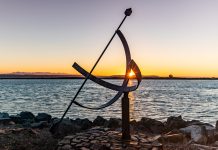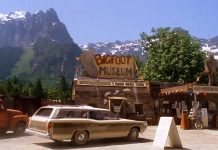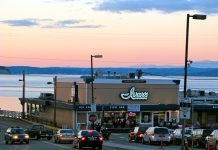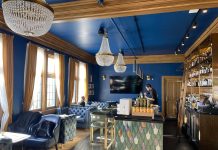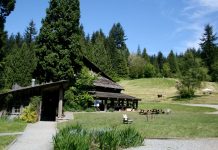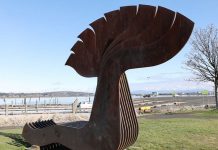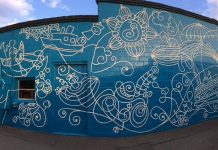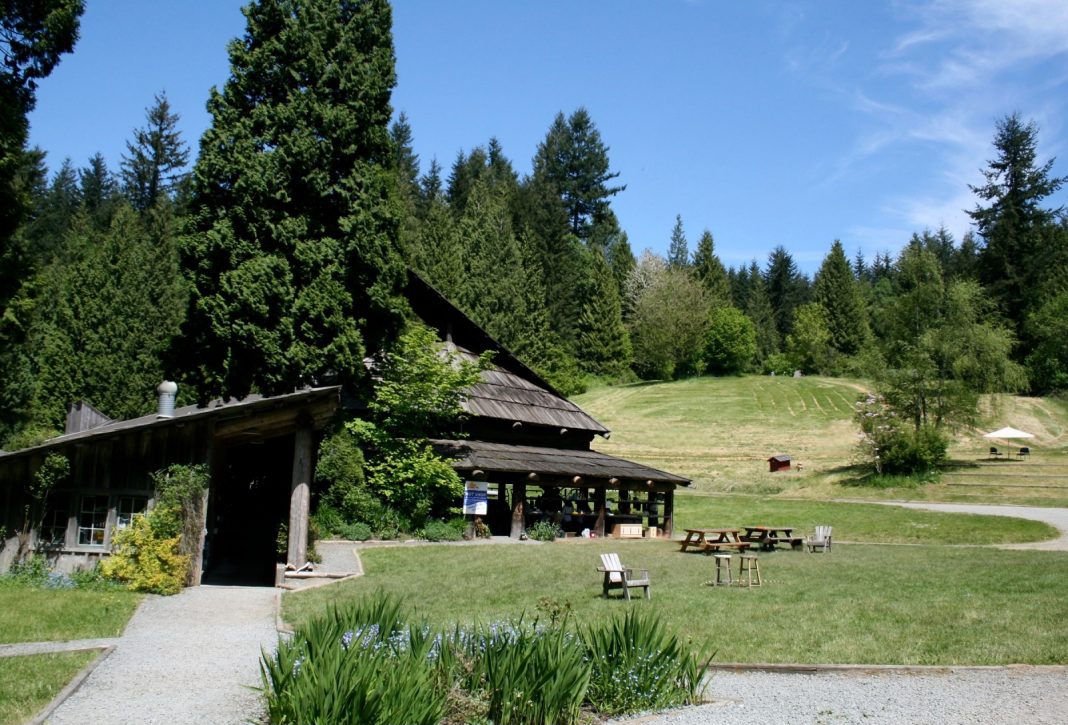While most of us have come to terms with our everyday career paths and work the typical 9-to-5 grind, there are not many of us who haven’t thought about trading it all in for a chance to escape into the forest in exchange for a life of inspiration and creative pursuits. At the Pilchuck Glass School in Stanwood, anyone can have an artistic escape into the Washington wilderness.
Holding its first class in June of 1971, it was the first residential education center in the world to focus exclusively on the art of glass, with the school’s first students disappearing into the Washington wilderness to spend the summer creating. From this experimental glassblowing workshop providing the ultimate escape, the Pilchuck Glass School etched its mark on the world of art, transforming from a modest art retreat into a world-renowned school of glass. Today, Pilchuck attracts students, artists, and glass enthusiasts from across the globe, fostering a vibrant community dedicated to the pursuit of creativity and the mastery of the glass arts, and where they live out every inner artist’s wildest dreams by retreating into the forest.
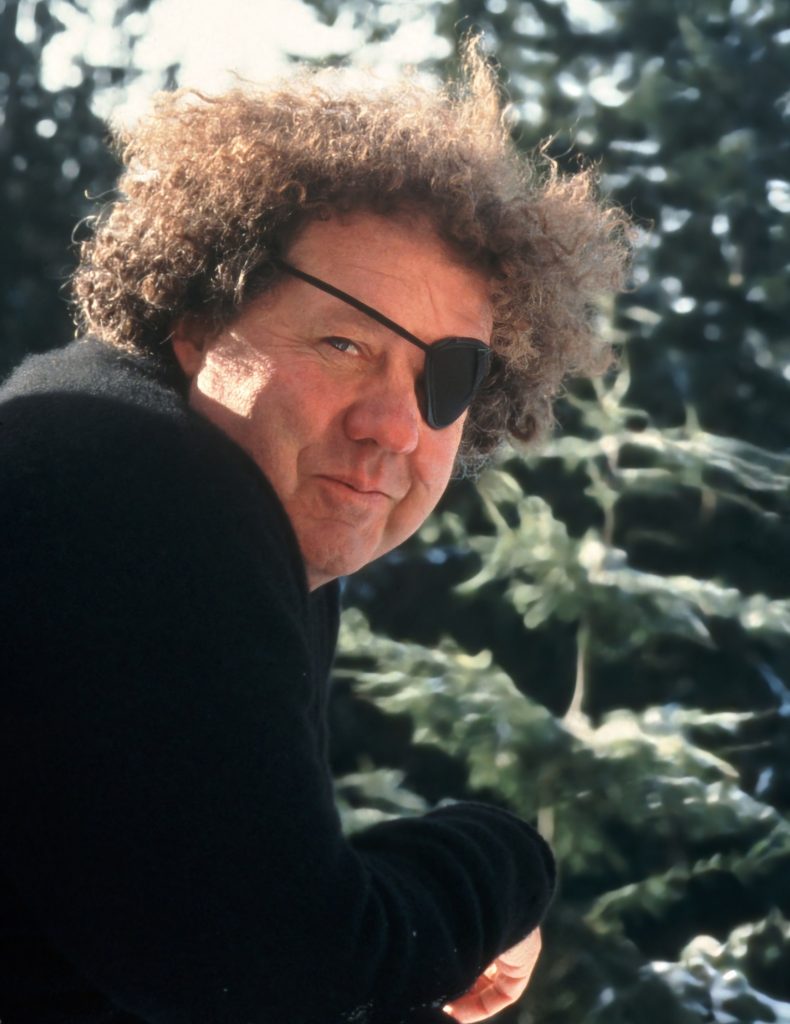
Tacoma Native Dale Chihuly is Inspired by an Education in the Arts
When Tacoma native Dale Patrick Chihuly graduated from Woodrow Wilson High School in 1959, the young man had zero interest in continuing his formal education beyond his high school diploma. As any parent concerned about their child’s future would, his mother urged him to enroll at the College of Puget Sound. This would prove to be a catalyst for creation, as Chihuly found interest in the arts and would transfer a year later to the University of Washington in Seattle to study interior design.
From there, Chihuly went on to spend some time abroad, studying art in Florence before returning to the States. Upon his return, he began experimenting with glassblowing in 1965, and in 1966, he received a full scholarship to attend the University of Wisconsin-Madison. His studies eventually landed him at the Rhode Island School of Design, where he earned a Master of Fine Arts degree in sculpture in 1968. After another stint abroad, this time to Venice to work at the Venini factory, where he first witnessed the team’s approach to glass blowing, he returned stateside. He spent the next four summers teaching at the Haystack Mountain School of Crafts in Deer Isle, Maine. It is here that the story of the Pilchuck School of Glass begins.
Inspired by the school’s remote location in the woods of Deer Isle, Chihuly envisioned a similar summer school in the lush, towering forests of his native Washington State. Working to bring his vision to life, Chihuly approached Ruth Tamura, director of the glass department at California College of Arts in Crafts, in late 1970 and applied to the Union of Independent Colleges of Art (UICA, now the Association of Independent Colleges of Art and Design, or AICAD) for a grant to hold a summer workshop in glass-blowing at what was then still an undetermined location.
In the following late spring, Chihuly was awarded a $2,000 grant on the condition that two students from each of UICA’s eight-member colleges would be chosen to attend the workshop. Two additional students would join the group, bringing the total class number from the first year to 18, with 15 male and three female students. Now that they had their students and the grant funds, it was time to tackle the next hurdle in Chihuly’s vision: where he would find a place in the Washington wilderness to host his art school.
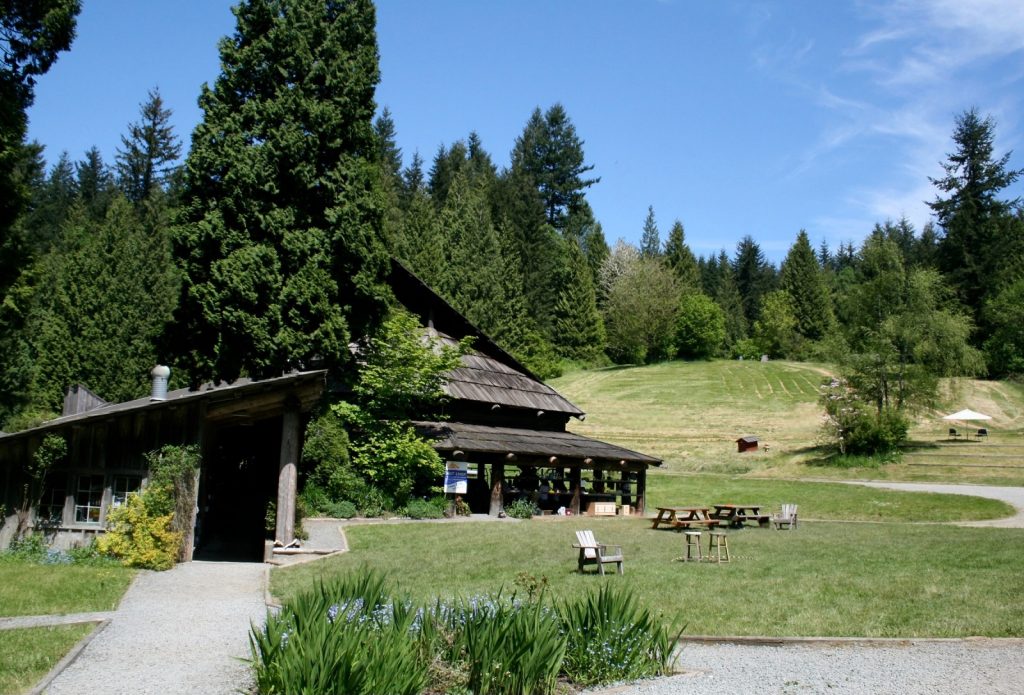
Rooted in Art: An Art School Opens on a Tree Farm in the Washington Wilderness
Knowing without a doubt that he wanted the art school to be near the Seattle area, Chihuly used his contacts in both the region and the arts to secure a location for the workshop. A former colleague and board member from Haystack, Jack Lenor Larsen, suggested to Chihuly that he contact art patrons John H. and Anne Gould Hauberg. The Hauberg family had been in the lumber business for decades and owned a 15,000-acre tree farm just 50 miles north of Seattle near Stanwood. They graciously invited the workshop to use the property.
The 54-acre site nestled in the foothills of the Cascade Mountains would become the birthplace of the Pilchuck Glass School. In May 1971, Dale Chihuly first laid eyes on this pristine landscape, captivated by its sweeping views and untouched natural beauty. At the time, it was a simple field with a few cows, devoid of modern conveniences like electricity, running water, or habitable structures.
Despite its rustic charm, Chihuly immediately fell in love with its location and believed it to be the perfect spot to host a transformative space for glass artists. With the Haubergs in agreement, the Pilchuck Glass School was born. The school’s name pays homage to the local Native American heritage. “Pilchuck” translates to “red river,” a reference to the nearby riverbed stained red by iron deposits.
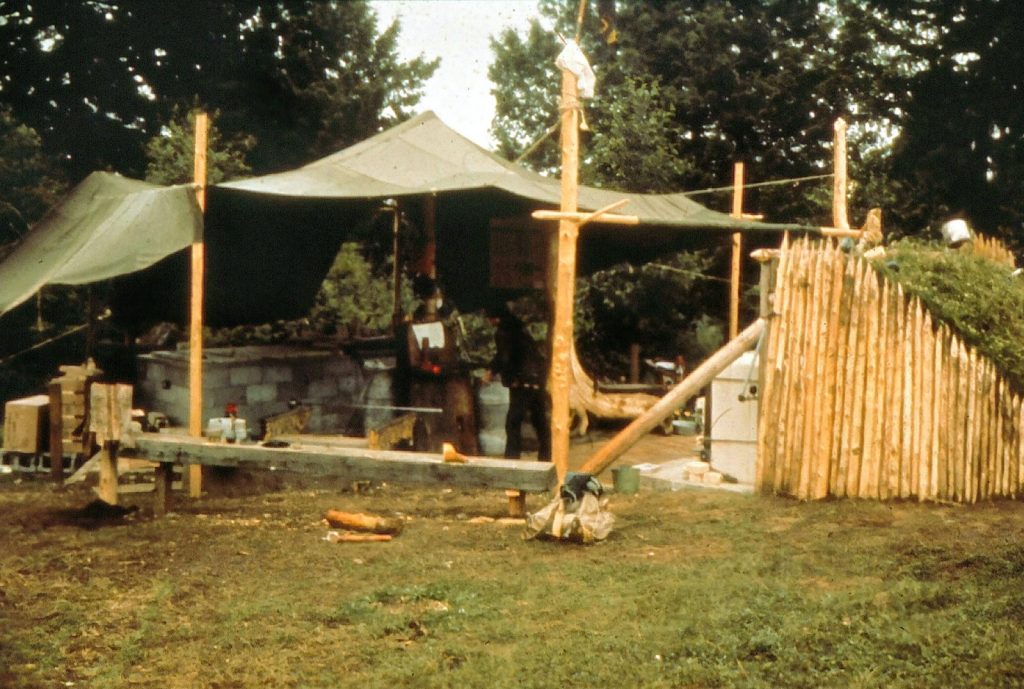
Class is in Session for the First Time in the Summer of 1971 at Pilchuck Glass School in Stanwood
In the summer of 1971, Chihuly, along with two other artists, John Land and Art Wood and their 18 aspiring glassmakers, ventured into the hills above the Skagit River Valley. They set up a makeshift camp, pitching tents and draping tarps over planks for shelter. As fate would have it, that summer was unusually rainy, making it a soggy and challenging experience for all involved.
Pilchuck was a blank canvas that first summer, and the early days were a collective effort. Everyone pitched in, from building makeshift shelters and pitching tents to installing the essential glassblowing equipment and even sharing meals at a communal table. They transformed the empty field into a makeshift hot shop, constructing a tree pole structure covered by a sewn-together tarp roof. Two furnaces and an annealing oven were installed, marking the beginning of a glassmaking adventure. Students contributed in various ways using their own unique craft and creation skills. With limited funds, the community had to be resourceful, meaning other equipment necessary for glass-making had to be made, borrowed, or somehow obtained at low costs due to their limited funds.
Glassblowing began roughly two weeks after the initial arrival. Despite the occasional weather challenges, the Pacific Northwest’s climate, characterized by cloudy skies and moderate temperatures, provided ideal conditions for glass working. The region’s cool maritime air ensured that temperatures rarely exceeded 80 degrees, making it an excellent environment for glass artists.
By mid-August, the inaugural summer at Pilchuck had concluded, and the students dispersed. While glass was produced, that first year’s primary focus was community building and experimentation. Pilchuck offered instruction in various media, not just glass, reflecting its nascent identity. Despite the challenges of the makeshift facilities and unpredictable weather, the experience was overwhelmingly positive. This initial success paved the way for a second summer, where the school would continue to evolve and solidify its reputation as a premier destination for glass artists.
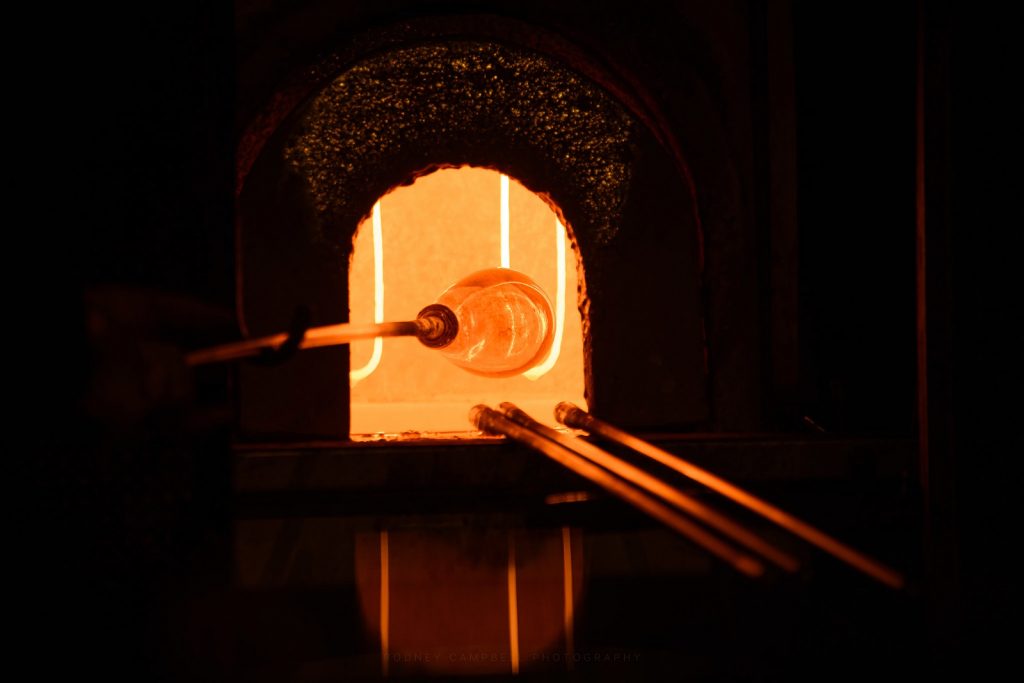
The Future of the Pilchuck Glass School is Etched with Clear Vision
Though excited about a second summer workshop, the initial costs of the first summer far exceeded expectations, and Chihuly himself had invested an additional $7,000 of his own money to keep things going. When asked about the budget for the following year, Chihuly estimated a need of $25,000. Impressed by the first summer’s success, the Haubergs generously agreed to fund a second year.
Chihuly served as director for the first three years but ultimately decided that running a school wasn’t his primary passion. While he stepped down from the director role, he continued to be involved with the school and remained a significant figure in the glass art community.
In the late 1970s, Pilchuck began a new chapter by inviting renowned glass artists from around the globe to share their expertise. These master artists, each with unique techniques and styles, brought a wealth of knowledge and inspiration to the school. In 1973, architect Thomas Bosworth designed a rustic log hot shop, the first of many buildings he would create for the campus. By inviting these renowned artists to teach, Pilchuck fostered a culture of openness and collaboration, breaking down traditional barriers and encouraging sharing once-guarded artistic secrets.
To further enrich its offerings, Pilchuck established an artist-in-residence program in 1980. This program allowed established artists to work independently, exploring their creative vision without the constraints of a structured class setting. Its establishment coincided with the first official student residences, two small cottages also built in 1980. A decade later, the school expanded its programming by introducing an emerging artist-in-residence program, offering a platform for up-and-coming artists to develop their skills and gain exposure. Additionally, a printmaking program was added, diversifying the range of artistic disciplines available at Pilchuck.
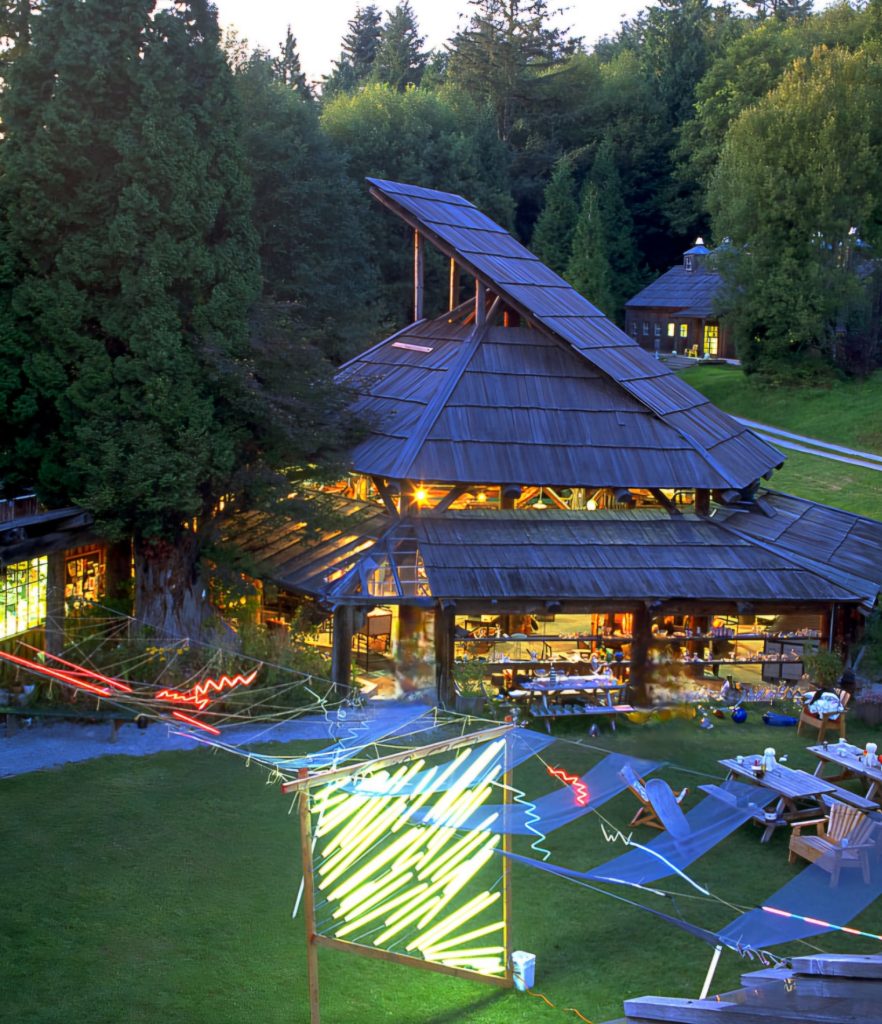
By 2019, Pilchuck had evolved into a thriving nonprofit organization, relying on a combination of funding sources, including student fees, grants, private donations, and an annual fundraising auction. A growing endowment also contributes to the school’s financial stability. With such overwhelming support, the institution could grow and upgrade as needed. It now encompasses more than 60 buildings, including studios, a dining hall, cabins, and cottages. These additions have allowed Pilchuck to offer a wide range of classes, from traditional techniques like engraving and glassblowing to contemporary methods like kiln casting and neon. Most classes span one to two weeks, providing intensive learning experiences.
Today, Pilchuck Glass School attracts over 500 artists from around the globe annually to its 54-acre great escape in the Washington wilderness, creating a vibrant community of seasoned professionals and aspiring newcomers with diverse perspectives and skills. Together, they simply live and create, experiencing every artist’s ultimate fantasy as they’re free to pursue any and all creative endeavors they could possibly dream of for the summer. From the school’s humble beginnings, its success has helped drive the Seattle area’s reputation as an international mecca for the medium and Washington’s status as a powerhouse in the world of glass art. Continuing to attract some of the best of the best, Pilchuck Glass School remains a secluded haven for artists, offering a serene escape for those seeking inspiration, solitude, and an artistic educational experience unlike any other.


